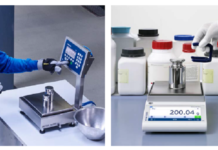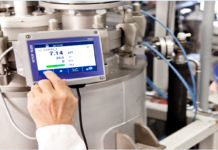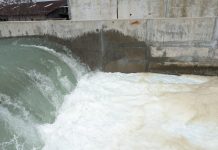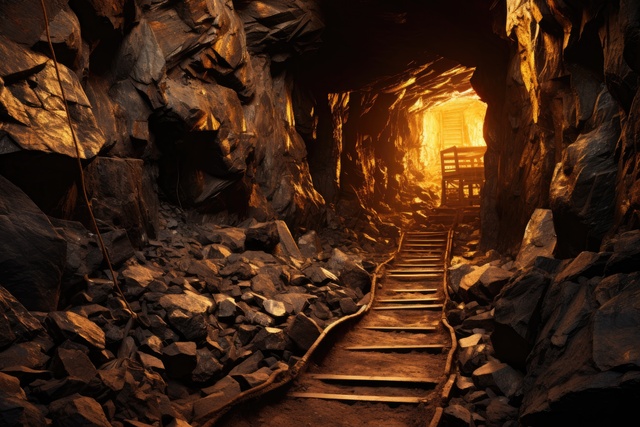The government has introduced a ₹34,300 crore strategy under the National Critical Minerals Mission to recover essential minerals from mining waste. The initiative, highlighted in a joint report by FICCI and Deloitte, aims to strengthen domestic supply chains for clean energy and high-tech industries.
Strategic Importance for India’s Renewable Energy Goals
The Government has set ambitious targets – 500 GW of renewable energy by 2030, 30% electric vehicle adoption, and net-zero emissions by 2070. Achieving these goals requires securing critical minerals like lithium, cobalt, nickel, and rare earth elements, which India currently imports entirely.
New Policies to Boost Mineral Recovery
To address these challenges, the budget has introduced policies to support mineral recovery from sources such as mine tailings, red mud, chromite overburden, and uranium tailings. The ministry of mines has also proposed amendments to the MMDR Act, allowing miners to extract and commercialize critical minerals found within leased mining areas.
Encouraging Private Sector Participation
To attract private investment, the government has:
- Reduced royalty rates for 24 critical minerals
- Exempted customs duties on critical mineral imports
- Considered financial incentives such as Viability Gap Funding, lower interest rates, and tax benefits
Economic Potential of Mine Waste Recovery
Regions like Odisha’s Sukinda Valley hold chromite overburden stockpiles containing valuable materials worth $2.4 billion to $5.4 billion. Additionally, copper slag deposits in India contain metals valued at approximately $50 million.
Global and Domestic Efforts for Mineral Security
On the international front, Khanij Bidesh India Ltd. (KABIL) is exploring lithium reserves in Argentina and has partnered with UAE-based firms to strengthen supply chains. Meanwhile, CSIR-IMMT and the Defence Metallurgical Research Laboratory are leading domestic research on mineral extraction technologies.
Rising Global Demand for Critical Minerals
With global demand for critical minerals expected to increase sixfold by 2040, India’s initiative is crucial for securing energy resources. By 2032, India’s total installed power capacity is projected to reach 900 GW, with renewables contributing 500 GW.
As reported by knnindia.co.in, the success of the mine waste recovery initiative is essential for ensuring India’s energy security, industrial growth, and transition to a sustainable future.

































